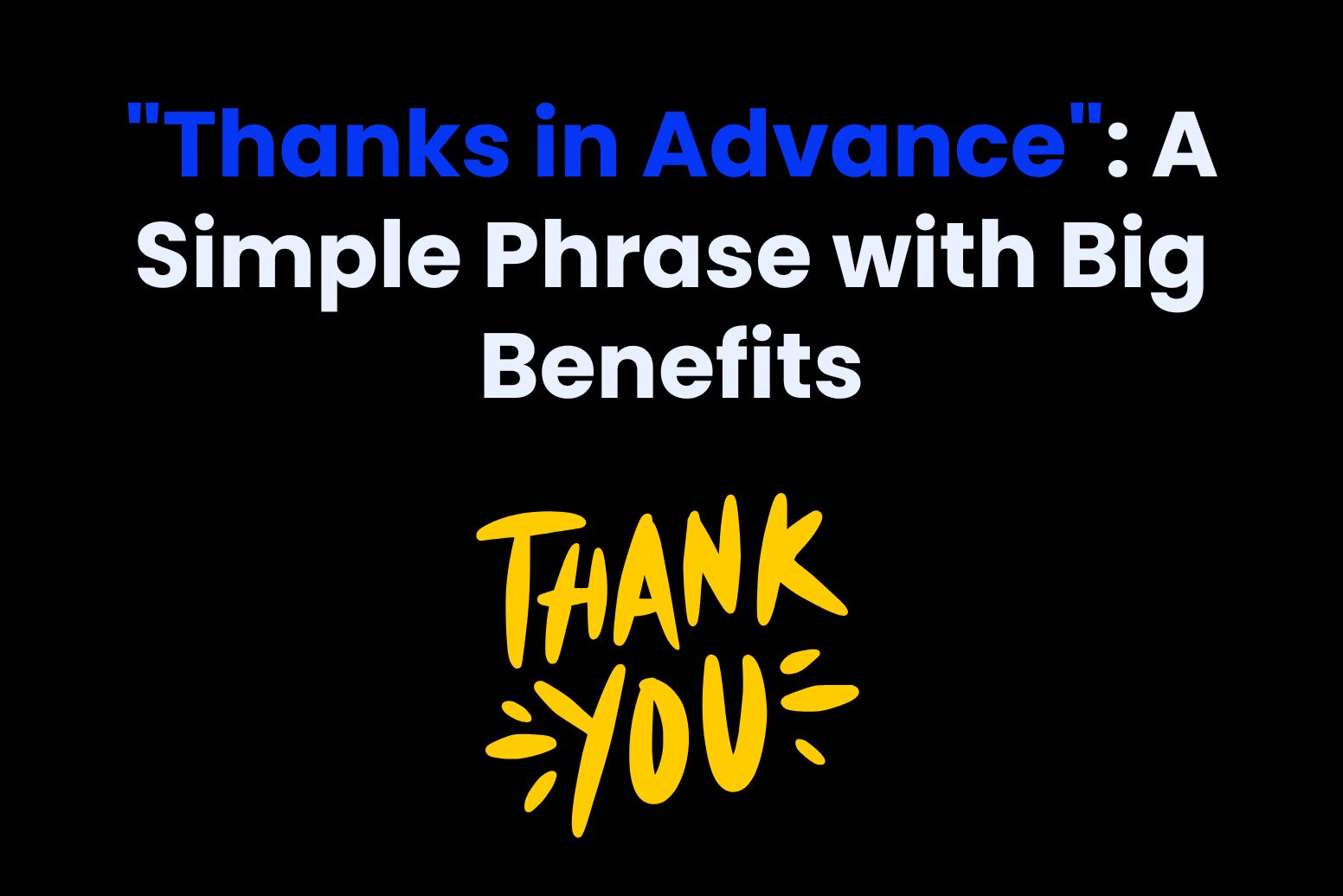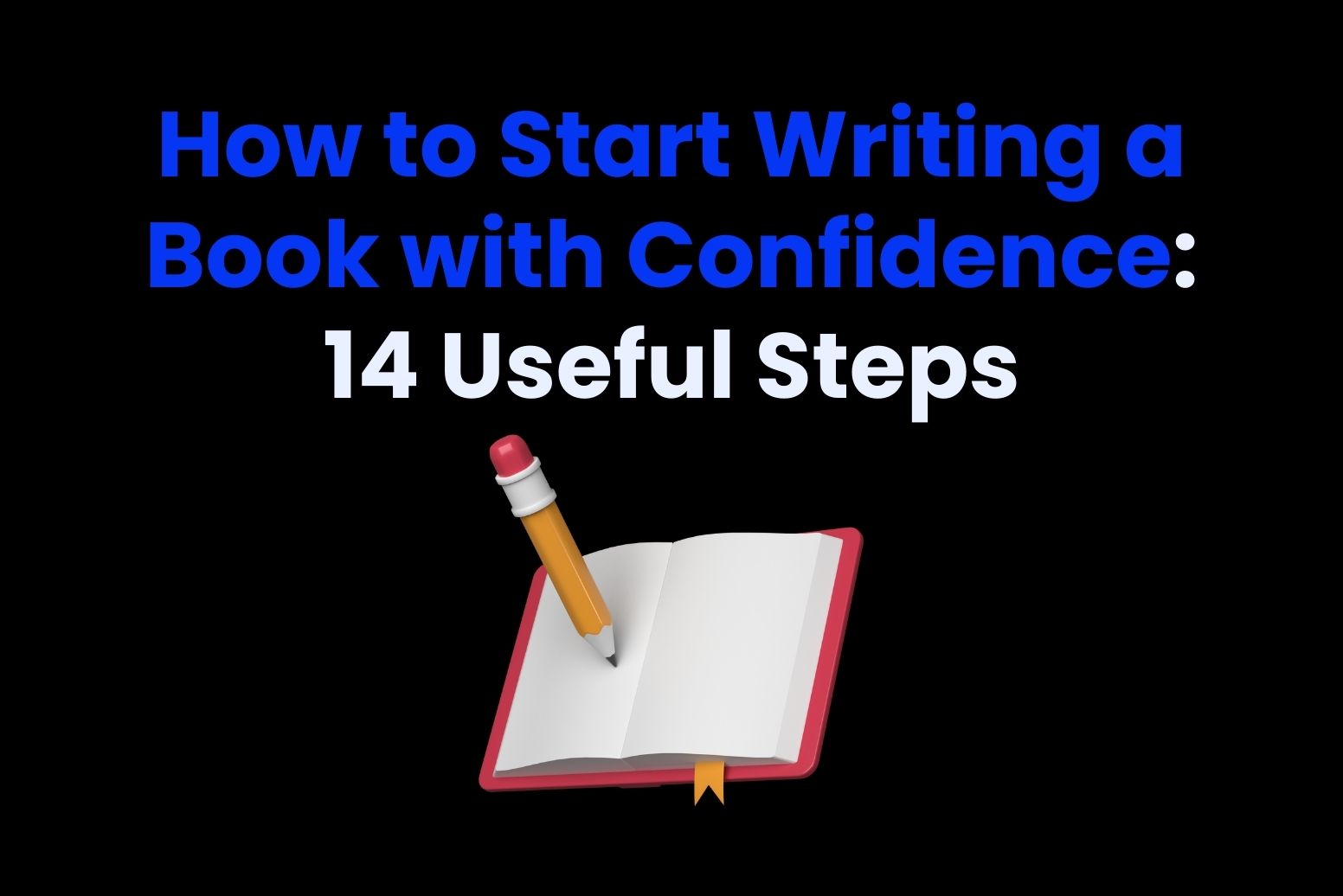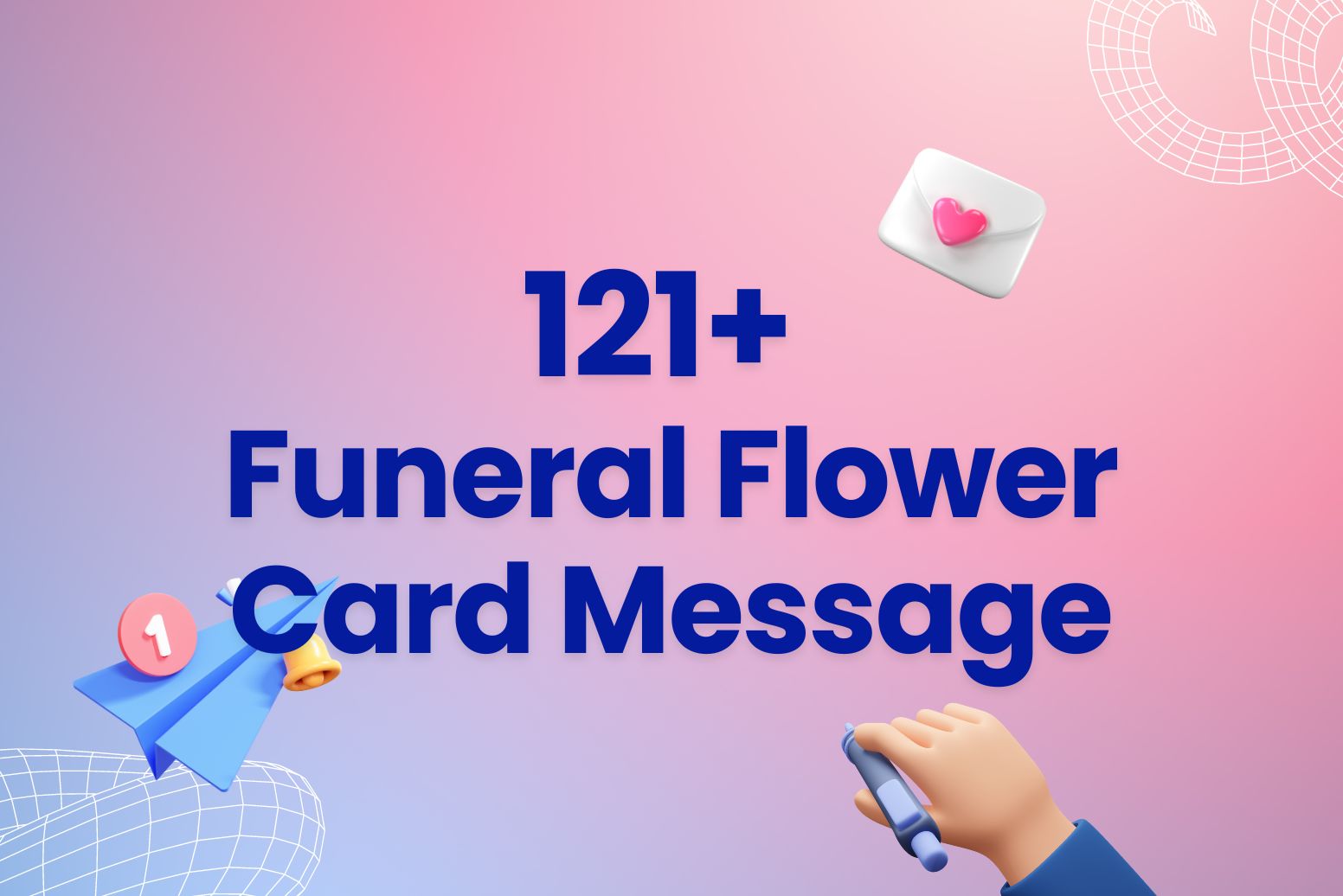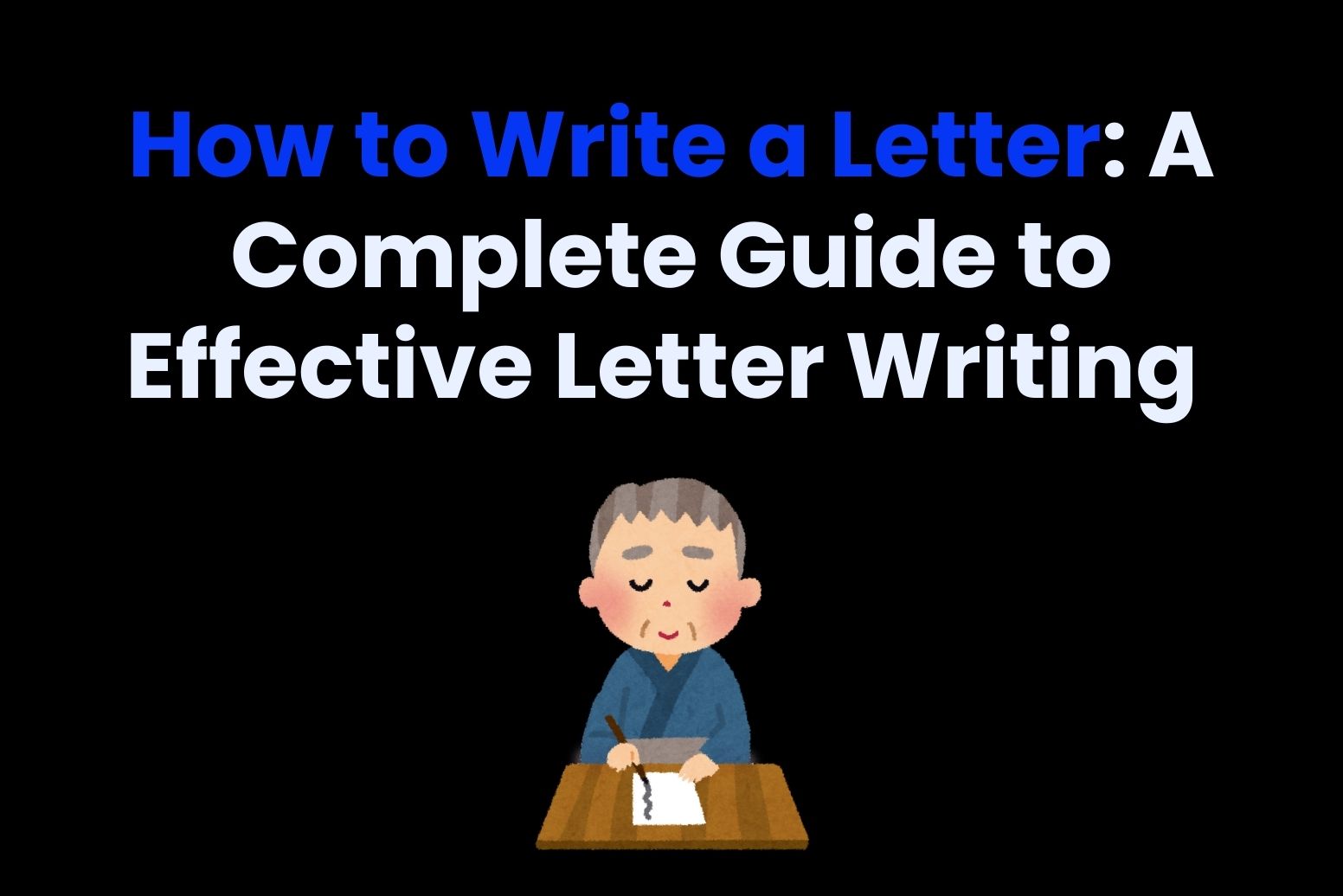In a way, the expression, “Thanks in Advance” is one of the most effective items of rhetoric. It is a formal way of saying thank you before a service is rendered as well as an indication of how the service will be delivered. Honor is a powerful word, which defines people’s relations both in professional and social sphere and makes the main foundation of cooperation – respect. This article examines the psychological benefits of gratitude, as well as proposal for a relationship improvement since it will foster positive mental health and increase efficiency as well.
The Psychology of Gratitude
In psychology the term gratitude refers to recognition and appreciation of any help, kindness or favor received from others. It is an emotion that is multifaceted and includes identification of the good done or things received. Holding gratitude to be an element of psychological well-being, the psychologists know that when people turn their focus toward what they have, they are more likely to experience happiness. This attitude, besides increasing one’s perception to life, helps alter a healthier and completely happy frame of mind.
How Expressing Gratitude Can Improve Relationships and Foster Goodwill
Expressing gratitude before a favor is even granted indicates trust in the person being addressed, which fosters goodwill and positive feelings. It conveys respect for the recipient’s time, effort, and potential cooperation. In both professional and personal settings, showing appreciation in advance sets a tone of collaboration and mutual respect. For instance, in the working place, sending a message with “Thanks in Advance” before a colleague assists with a project increases the likelihood of positive response and promotes a feel of teamwork.
The Impact of Gratitude on Mental Well-Being and Productivity
The Impact of Gratitude on Mental Well-Being and Productivity Gratitude is not a relationship improvement tool alone; its effect on mental well-being and productivity is very significant. Countering negative emotions such as frustration, anger, and resentment, gratitude contributes to an overall sense of emotional balance. Furthermore, gratitude has been linked to increased productivity. Appreciated individuals are more motivated to engage in tasks and offer their best efforts.
Examples of Situations Where “Thanks in Advance” Might Be Used Effectively
Examples of Scenarios in Which “Thanks in Advance” May Be Used Effectively There are very many situations where the use of “Thanks in Advance” can be a powerful tool. Below are a few examples on when and how this phrase may be used effectively:
Professional Requests:
When emailing a colleague to request a task or information, saying “Thanks in Advance” shows respect for their time and effort. For example, “Could you please review this document? Thanks in advance for your help.”
Customer Support Interactions:
As customers engage their representatives or ask for help through the web application, saying thanks before someone solves the problem can elicit an amiable atmosphere. “I would appreciate your helping me with this issue. Thanks in advance for your time into this.”
Social Invitations:
Within social contexts, it is used to convey gratitude in advance as a form of responding to another individual’s invitation for an event or meeting or thanks for hospitality. “I look forward to seeing you at the event. Thanks in advance for confirming your attendance.”
Group Work and Collaboration:
In group work and collaboration, thanking people before hand for their input can motivate employees to work together and establish a positive working relationship. “Looking forward to collaborating on this project. Thanks in advance for your input.”
Interpersonal Relationships:
Thanking them beforehand in interpersonal relationships would also strengthen the bond, building trust. For example, “Thanks in advance for helping me with the move this weekend!”
The Evolution of “Thanks in Advance” in Communication
Historical Context of “Thanks in Advance” and Its Place in Formal vs. Informal Communication
The phrase “Thanks in advance” has become a buzzword in modern communication, in both professional and personal circles. In historical context, expressions of gratitude have always been part of social etiquette. The phrase “thank you” is commonly used to acknowledge assistance or kindness. Appreciation, in formal communication, especially long before the inception of the digital age, is often expressed through letters written by hand or face-to-face conversations. For instance, “I would be grateful if.” or “I appreciate your consideration.” is a common way to achieve business correspondence or polite requests made in various settings.
The Role of Gratitude in Modern Digital Communication
Digital communication has changed the expressions of gratitude in today’s fast-paced and highly technological world. With the advent of emails, text messages, and social media, “Thanks in advance” has become a common sign-off that reflects politeness and appreciation without needing to be explained in detail or with formalities. On social media, “Thanks in advance” is often used in posts or comments to express appreciation when seeking advice, recommendations, or assistance.
How “Thanks in Advance” Is Used in Different Cultures and Languages
This phrase, in its brevity, suits the informal nature of digital communication while still conveying gratitude. How “Thanks in Advance” Is Used Differently in Various Cultures and Languages Although the phrase “Thanks in advance” is quite common in English-speaking cultures, its equivalents vary across different cultures and languages. For instance, while in some cultures, it might seem presumptuous to give thanks before the favor is granted, another culture considers it a polite way to acknowledge the effort anticipated.
Why the Phrase is Effective in Certain Professional Settings?
In France, most people use the term “Merci d’avance,” which means “Thank you in advance.” In Spain, “Gracias de antemano” is used both formally and informally, pointing towards its wide cultural suitability. Why the Phrase is Effective in Certain Professional Settings “Thanks in advance” is particularly effective for professional communication for several reasons. First, it sets a tone of politeness and shows that the sender values the recipient’s time. Furthermore, “Thanks in advance” lightly attaches an expectation of a positive outcome, which implies a sense of obligation or reciprocity on the part of the recipient.
Benefits of Saying “Thanks in Advance”
In professional communication, especially with clients or colleagues, “Thanks in advance” is a very powerful good-will system. For example, a business proposal might read, “Thanks in advance for your consideration,” which can keep the tone cordial. This can also be used in negotiation to say thanks in advance and frame the requests as reasonable and considerate. Such an action increases the probability of getting a positive response as it depicts confidence without being presumptuous.
How Gratitude Helps Build Trust and Collaboration?
By showing appreciation before receiving assistance, you let others know that you believe in their willingness to help. This not only fosters professional relationships but also paves the way for successful teamwork and long-term partnerships. In collaborative environments, gratitude is one of the most important factors to keep people motivated and interested. A more appreciated individual will reciprocate and continue their contribution to the completion of a task.
The Benefits for Personal Relationships (Friends, Family, and Acquaintances)
In personal relationships, “Thanks in advance” can be a simple yet effective way of showing appreciation when asking for a favor or assistance. It tells the other person that you value his time and effort, which is important in maintaining strong friendships and family bonds. However, in personal relationships like thanks to friends, this phrase should be used carefully. While it fosters goodwill, overusing it may make the sender seem presumptuous.
How It Encourages People to Follow Through with Requests?
It’s one of the advantages of saying “Thanks in advance” in that it actually persuades the recipient to do the deed. In thanking them ahead of the fulfillment of the request, it shows the belief of the sender that the person has the capability and is able to help. This principle is due to the concept of reciprocity wherein people act in a manner that acknowledges someone else’s expectation.
Real-Life Examples Where Saying “Thanks in Advance” Has Resulted in Positive Outcomes
In so many actual cases, saying “Thanks in advance” works to successful ends. For instance, if the project manager of an office will send an email to one of his colleagues saying, “Would you kindly check through this document and get back to me? Thanks in advance!”, he is both paying his respect to the other colleague’s time and also pushing up the chances of an answer coming soon. Thanking customers beforehand for their patience often leaves the customer in a better mood when dealing with an issue, in a customer service setting. It forms a great relationship between the two, as it makes the customer feel important and valued, therefore more cooperative to the service provider.
Arvin AI: Introduction and Why It Matters
Arvin AI is one of our feature articles where we provide inspiration to various business entities and people. Its mission is to offer the best AI technologies to its users so it provides the customer’s challenge, the process’s optimization and the creation of new values. In view of establishing the relationship between the technological and practical environments the Arvin AI has the potential of enhancing the use of AI.
Specific Problems Arvin AI Aims to Solve
- Improving Productivity: Arvin AI automates repetitive tasks for users, thus saving them precious time and energy. By automating routine activities, businesses and individuals can focus on more value-added tasks that require human imagination and problem-solving.
- Automating Tasks: Arvin AI streamlines workflows by automating tasks such as scheduling, data entry, and email management. This reduces human error and increases the consistency and accuracy of processes.
- Personalizing User Experiences: Arvin AI applies behavioural and preference information for enhancing the contextual relevance and impact for the marketing, customer relations, and a host of others.
Why “Thanks in Advance” Ties into Arvin AI’s Mission
Thanks in Advance” is the essence of Arvin AI’s streamlining of communication. This embodies proactive steps that Arvin AI takes to enhance user experience by predicting needs and making proposals before being asked for it. This best AI writing tool is through automating response times, scheduling, and other activities that Arvin AI is doing to ensure efficiency in communication.
Key Features of Arvin AI
- Intelligent Content Generation: Generates high-quality content tailored to your specific needs, improving productivity and creativity.
- Grammar and Style Optimization: Analyzes and refines your text to ensure it is clear, concise, and grammatically correct.
- Contextual Suggestions: Provides contextual improvements and suggestions to enhance the tone and relevance of your writing.
- Customizable Templates: Offers a variety of templates for emails, blog posts, reports, and more, saving you time on content creation.
- Real-time Collaboration: This feature enables several users to work simultaneously and interact with each other in real time, making teamwork and feedback much easier.
How to Use Arvin AI
Step 1: Go to the website of Arvin AI, sign up for an account, and log in to get access to all features.
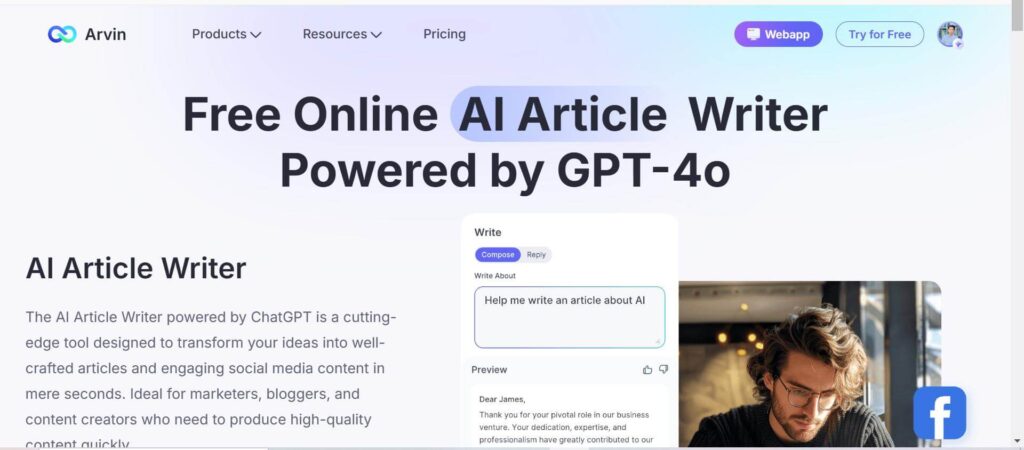
Step 2: Provide the required information or context to customize the content according to your requirements.
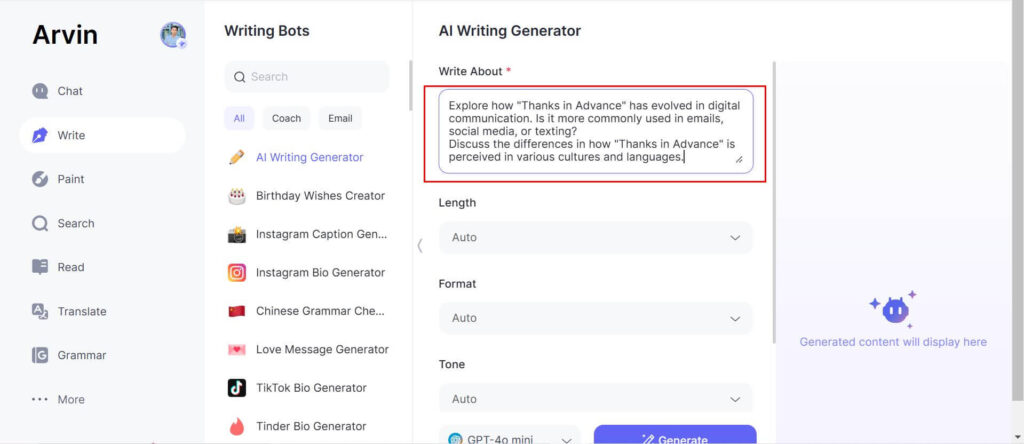
Step 3: Click the “Generate” button to create content instantly based on your input.
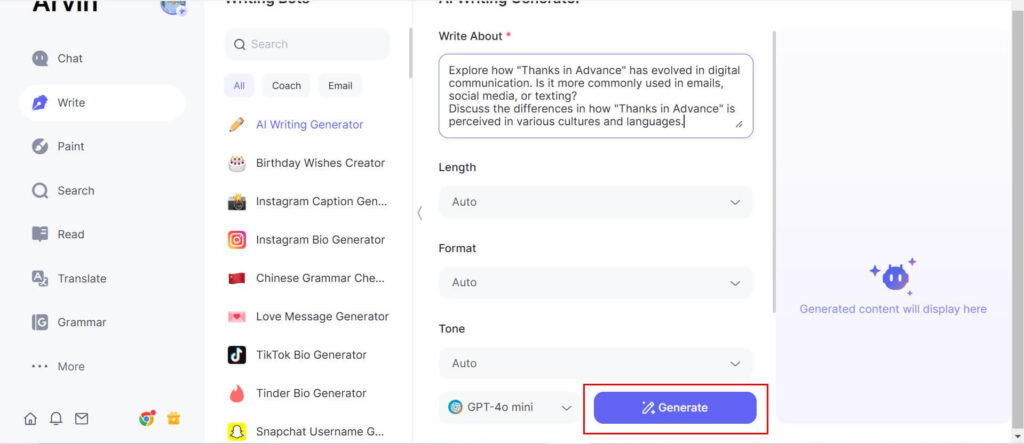
Step 4: Review the content generated and refine or make necessary edits with the aid of Arvin AI’s proposals.
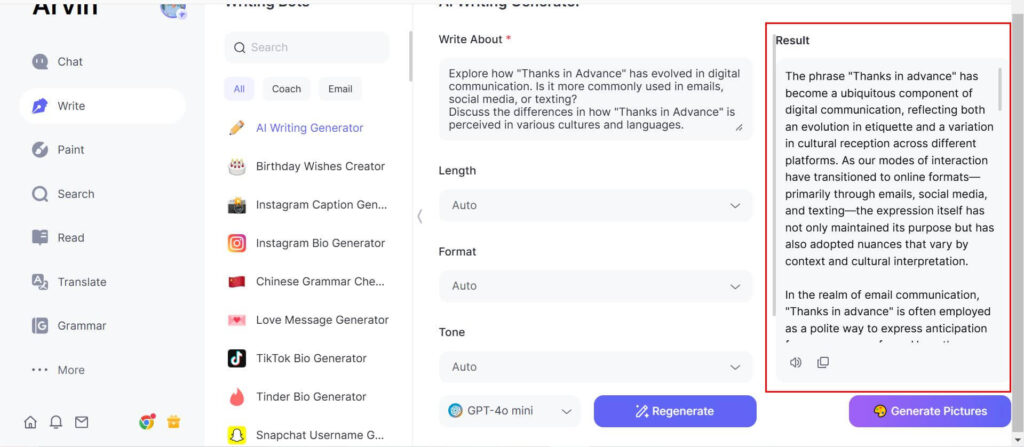
Step 5: Copy the content after you’re pleased with its creation and share it with others on your desired platform.
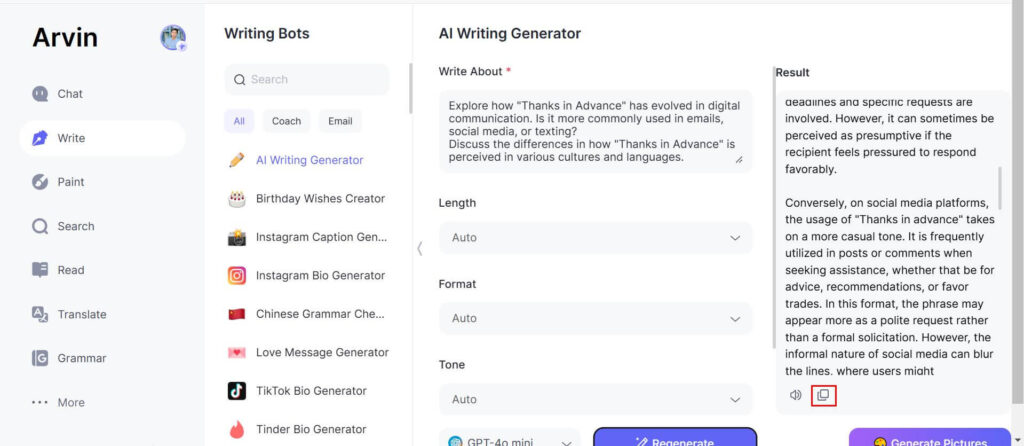
Best Practices for Using “Thanks in Advance” Effectively
When to Use “Thanks in Advance” and When to Leave It Out
“Thanks in advance” is a very common phrase used when someone is expressing gratitude for a future action, indicating politeness and expectation of help. However, the usage of this phrase has to be done with care about the context. It’s very effective when making plain requests where the recipient will most likely comply. For instance, if you are asking for something that is simple, such as confirming a meeting time or sharing a document, then using “Thanks in advance” can show appreciation for the anticipated help.
How to Phrase Requests with Gratitude to Encourage Positive Responses
Make requests in such a manner that they encourage positive responses by respecting the recipient’s time and effort. Instead of using “Thanks in advance,” just show appreciation in the request itself. You are able to express appreciation in advance, but balance it with a clear and polite ask. For instance, saying that “I would really appreciate your help with this,” or that “Your assistance with this would mean a lot to me” shows appreciation without assuming the act will be done.
Common Misunderstandings and Criticisms of “Thanks in Advance”
Possible Negative Interpretations of the Expression
While “Thanks in advance” is often used with the best of intentions, it can be taken the wrong way in some circumstances. For instance, it can imply that the recipient will do as asked, and this can come across as presumptuous or entitled. This is especially true if the request is large, complex, or burdensome. Some recipients may feel that their willingness to help is being taken for granted, which may lead to resentment or reluctance to assist.
How to Balance Gratitude with Respect and Mindfulness in Requests
To avoid negative perceptions, it is important to balance gratitude with respect and mindfulness when making requests. Instead of assuming someone will fulfill your request, consider phrasing it in a way that acknowledges their autonomy. For instance, saying, “If you can assist with this, I will be much obliged” shows gratitude without making the request seem obligation-oriented. This is because it illustrates that you are cognizant of the time and energy that person might be expending, which might incline them to respond in the affirmative.
Addressing Overuse or Improper Use of the Phrase
Use of the phrase excessively or in inappropriate scenarios also gives rise to various criticisms. When used too much or in inappropriate situations, it may seem like you are trying to take shortcuts in expressing actual gratitude. For instance, sending a generic “Thanks in advance” in a professional email without tailoring it to the specific request can be impersonal or even insincere. In such cases, the phrase may lose its effectiveness and could even be perceived as insincere.
Conclusion
Furthermore, “thanks in advance” is proactive social tool that is appropriate for use if the context and tone of the message is considered appropriately preceded, however, by the said. Getting your messages to be clear and polite is facilitated by tools such as Arvin AI in improving your practices. See how Arvin AI can improve your communications and add to the effectiveness of your operations. Visit Arvin AI now to read about the features and how they can be beneficial when implemented in your work.
Frequently Asked Questions (FAQs)
1. What is Arvin AI and how will it help my business?
Arvin AI is an artificial intelligence based application designed for automating processes, customizing interactions and increasing organizational efficiency. With high levels of algorithms, it offers optimal solutions in order to solve business-related problems and concerns the organization’s interaction patterns with customers, colleagues, and other business-related entities.
2. Can I connect Arvin AI with the other business tools that I already have?
Yes, Arvin AI is fully integrated with most of the popular business tools and platforms, such as CRMs, email clients, and project management software. This allows you to enhance your current systems without complex migrations or manual data transfers.
3. Is Arvin AI easy to use for non-technical users?
Absolutely! Arvin AI is designed to be user-friendly, with an intuitive interface that does not require advanced technical skills. The platform guides users through simple setups and automations, ensuring everyone, regardless of technical expertise, can leverage its power.
4. How do I get started with Arvin AI?
To get started on Arvin AI, just sign up on the website, create an account, select a plan that suits your needs, set up your profile, and start automating tasks and personalizing workflows right away. Arvin AI also has a demo to help new users familiarize themselves with the platform.

